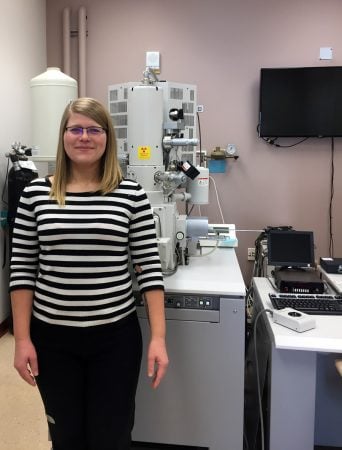
Former ACMAL Director Owen Mills retired on June 30, 2020. Everyone in the ACMAL facility and the Department of Materials Science and Engineering wishes Owen the best in his retirement!
Thank you, Owen, for many years of service to the Michigan Tech research and education communities.
